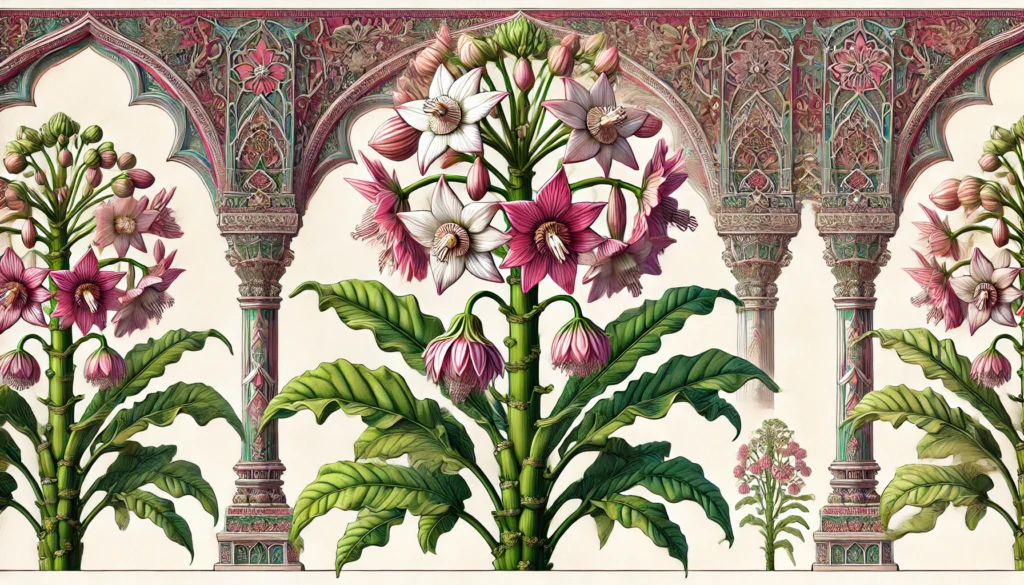

Home » Cat Plants » What Makes the Sabi Star Plant Extremely Dangerous for Cats?

The Sabi star (Adenium obesum), also known as desert rose, mock azalea, impala lily, or kudu lily, is an extremely toxic plant for cats. This plant contains cardiac glycosides and digitalis-like toxins that can cause severe poisoning in felines.
Sabi star is commonly found as an ornamental houseplant or in outdoor gardens in warm climates.
Ingestion may cause mild gastrointestinal upset, but is generally not life-threatening.
Ingestion can result in mild symptoms like vomiting, diarrhea, or drooling. Rarely fatal but may require veterinary care.
Eating these plants can lead to more pronounced symptoms like abdominal pain, lethargy, or difficulty breathing. Veterinary intervention may be necessary.
Ingesting even small amounts can cause severe symptoms like organ damage, seizures, or cardiac failure without rapid treatment.
All parts of these plants are extremely poisonous to cats and can quickly lead to death, even with immediate veterinary care.
** Please note: Please note that toxicity level can vary based on the amount ingested and the specific cat. It's always best to keep these plants completely inaccessible to cats and seek immediate veterinary care or call the poison hotline if you suspect your cat has ingested any part of a toxic plant.
If a cat ingests any part of the Sabi star plant, it can experience a range of serious symptoms due to the cardiac glycosides and other toxins present in the plant. Common signs of Sabi star poisoning include:
If you suspect your cat has ingested Sabi star, seek immediate veterinary care. Your vet will likely follow these steps to diagnose Sabi star poisoning:

A: Yes, some star flowers can be poisonous to cats. Specifically, the borage plant, also known as starflower, can cause severe symptoms if ingested.
A: The lily is considered the most toxic plant to cats. However, other plants like Sabi Star and sago palm are also extremely dangerous.
A: Yes, Star Aloe is toxic to cats. Ingestion can cause vomiting and diarrhea, leading to severe dehydration if not treated promptly.
A: No, the Star Cactus is not toxic to cats. This plant is safe and won’t harm your feline friend.
A: Yes, the Sabi Star is harmful and toxic to cats. It contains toxic compounds that can cause serious health issues if ingested.
A: If a cat ingests Sabi Star, symptoms may include vomiting, diarrhea, and lethargy. Immediate veterinary care is necessary to prevent severe complications.
The Sabi star is native to the Sahel regions south of the Sahara, as well as tropical and subtropical eastern and southern Africa and the Arabian Peninsula.
It has been used for centuries as a poison and has cultural significance in some African communities.In recent years, the Sabi star has gained popularity as an ornamental plant due to its unique appearance and showy flowers. However, its toxicity to pets and humans has raised concerns about its use as a houseplant.
Please note: The information shared in this post is for informational purposes only and should not be considered as veterinary medical advice.
🐾 A hilarious or heart-melting cat video
🐾 Our latest paws-on review of a cool cat toy